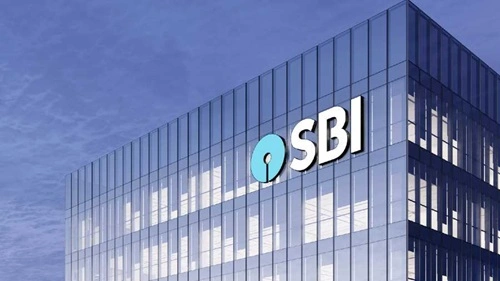Yes, SBI Bank is a nationalised Bank in India as of 2025. And just so you know, right now, the Indian government has around 57.59% ownership in the State Bank of India. Back before 2008, it was actually the RBI that had around 60% of the SBI shares, but it later handed over those to the government.
Brief History of SBI

The journey of the SBI has more than 200 years behind it. It was started in the year 1806 with the establishment of the Bank of Calcutta. Later, they renamed it the Bank of Bengal. Then followed two more establishments, the Bank of Bombay in 1840 and, occasionally a little obscure in its naming, is Bank of Madras, established in 1843. These three banks were merged in 1921 to form the Imperial Bank of India.
In the year 1955, the Imperial Bank was taken over and changed to the State Bank of India. This was the first big step in the nationalisation of SBI. A few months later, eight smaller banks were added by the government as subsidiaries of the S.B.I. It was later supplemented by other banks, such as the Bank of Bihar in 1969 and the Bank of Cochin in 1985. The State Bank of India merged all the remaining Associate Banks from 2008 to 2017. By April 2017, they became fully integrated within the State Bank of India.
SBI’s Financials (As of March 2025)
At present, SBI seems to be doing phenomenally well; after all, it is the biggest public sector bank in India and has the biggest branch network in the country. The following numbers just prove that too:
- Annual Profit: ₹70,901 crore (16% higher than last year)
- Q4 Profit: ₹18,643 crore
- Net Interest Income: ₹42,775 crore
- Net Interest Margin: About 3.15%
- Total Assets: ₹66.76 lakh crore
- Deposit Growth: Around 9.5% in one year
- CASA Ratio: Around 41%
- Gross NPAs: Down to 1.82%
- Net NPAs: Down to 0.47%
- Capital Adequacy: Over 14%


